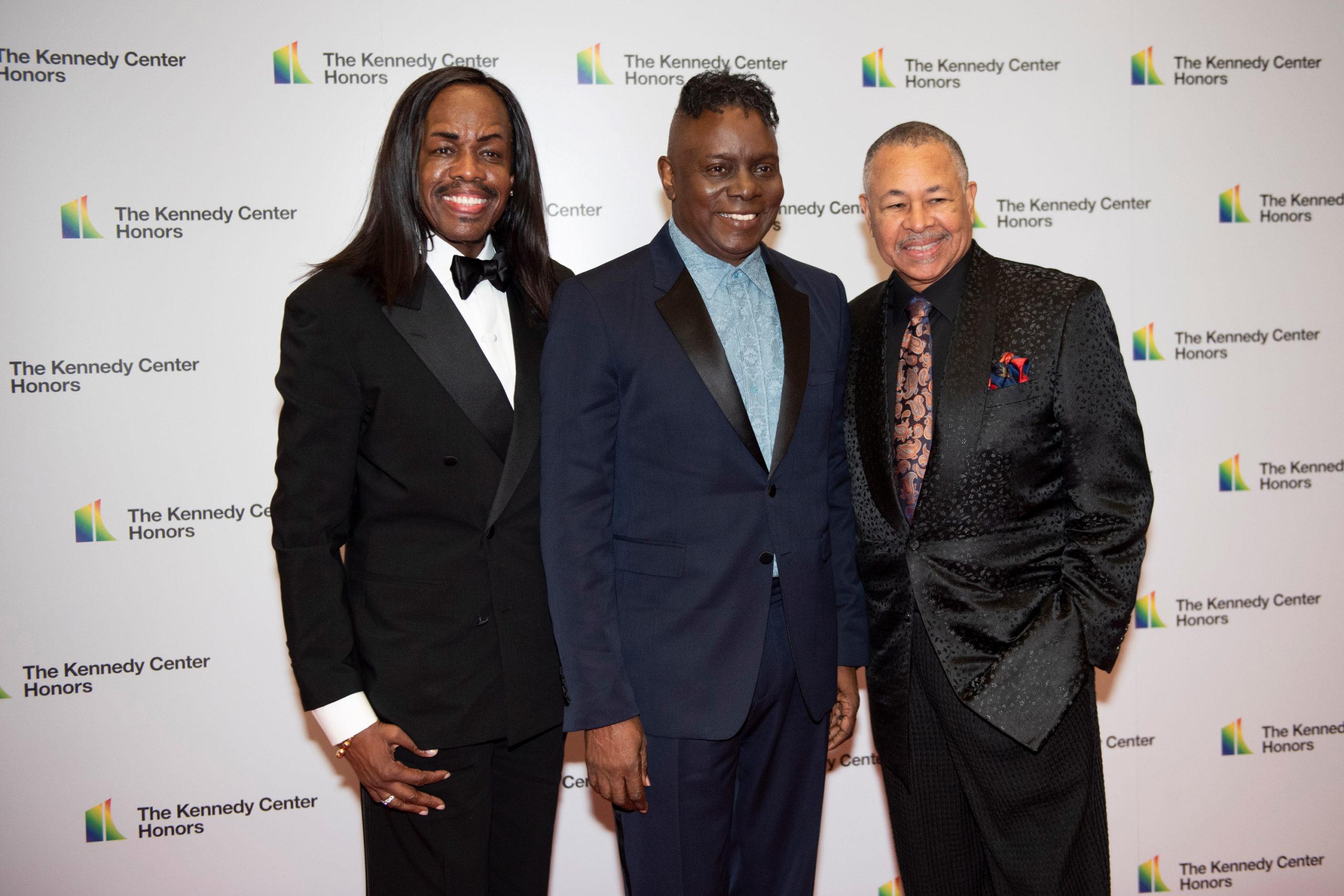A giant concrete cross standing in the middle of a busy median strip is the latest symbol of a constitutional fight that has raged for decades. It's a fight over the concept of the separation of church and state and what the Founding Fathers meant when they wrote into the First Amendment a ban on government "establishment" of religion.
Just how to treat such religious symbols and taxpayer funding for programs at religious institutions will play out Wednesday before a newly constituted conservative Supreme Court majority.
The case before the court involves a cross that was erected nearly 100 years ago when bereaved mothers in Bladensburg, Md., decided to build a World War I memorial to honor their fallen sons. When they ran out of money, the American Legion took over the project. But by the 1930s, a local parks commission had taken over the war memorial and the responsibility for its maintenance. Today, it sits at a busy five-way intersection, and the message it conveys all depends on whom you ask.
Can a Latin cross be nonreligious?
Michael Carvin, representing the American Legion, notes the cross "evokes the cemeteries in Europe that became a universally acknowledged symbol of World War I dead because of European graveyards."
The Maryland National-Capital Park and Planning Commission agrees. "The first thing you notice when you see the cross is these four words at the base of the monument: valor, endurance, courage, devotion," observes lawyer Neal Katyal, who represents the commission.
But not all see it as a secular site honoring the fallen soldiers of Bladensburg. Monica Miller, senior counsel of the American Humanist Association, calls these descriptions of the memorial "just silly."
"It's a giant 40-foot Latin cross," she says. "There's no other meaning to the Latin cross other than Christianity." That fact is "underscored," she adds, by the fact that at the dedication ceremony, it was called "the Calvary Cross, evoking the message of Jesus Christ."
Fred Edwords first noticed the cross when he was driving through town. "It blatantly looked like it was on government land. I mean, it was on a highway median and I thought, 'What is that doing there?' "
Edwords and the American Humanist Association are challenging the placement of the cross, arguing that it should be moved to a private location and funded without taxpayer money.
When the parks commission refused to do that, Edwords and the Humanist Association went to court, where they won in the 4th Circuit Court of Appeals.
Among those unhappy with the decision were some of the descendants of the 49 men whose names are on the memorial.
"History will be erased"
Alvergia Guyton's uncle is one of the men whose name is on the memorial. She didn't know her uncle, but as a little girl she liked to talk to the photo of him that her mother kept in the living room, and she fears that "when they start taking things down ... important history will be erased."
Nothing will be taken down or relocated unless the Supreme Court says so. The odds are the court will allow the cross to stand. The question is what the court's opinion will say about how to judge public support for religious symbols and programs in the future. Indeed, even the lawyers defending the cross don't agree on what that standard should be.
The parks commission argues that this case is simple and does not require the justices to break new legal ground in the ever murky legal waters of church-state relations. They note that the law has never had a strict prohibition on governmental displays of religious symbols.
Indeed, U.S. currency has "In God We Trust" imprinted upon it, and there are prayers at the openings of legislative sessions. Even the Supreme Court chamber has a depiction of Moses holding the Ten Commandments, although only commandments 6 through 10 — the more secular ones — are visible. And then there is the way every public session at the court is opened, with the words, "God save the United States and this honorable court."
For the past half-century, the court has struggled with what legal test should be used to honor the constitutional ban on government establishment of religion. The Maryland parks commission is essentially asking the court to apply the lowest common denominator that is supported by all the justices. The commission argues the cross is constitutional because its purpose is predominantly not religious and it fits within a long-standing tradition, since it has stood as a war memorial for nearly a century without objection.
The coercion test
That, however, is not the argument made by the American Legion and the Trump administration. They note that over time, many of the conservative justices have called the court's doctrine in this area "a mess" and they want a sharp break with many decisions of the past 50 years. During that time the court has used a variety of tests: Is the purpose of the contested symbol or program religious or not? Does it entangle government with religion? Does the government's action appear to endorse religion?
The American Legion and the administration are calling for the court to adopt "the coercion test." It would allow public expressions of religion or taxpayer support for religious entities unless they coerce religious minorities to believe something that is against their principles.
Thus, Carvin, who is representing the Legion, will tell the justices that the test should be whether a religious minority has been "tangibly hurt." That standard would allow public support for religious speech unless it constitutes "proselytizing." Anything else, the Legion argues, would amount to hostility toward and discrimination against religion.
Miller, representing the humanist association, will counter that such a test would inevitably bless taxpayer support for religious institutions. "I think their real motive is they want prayers back in school; I think they want Bible readings," Miller warns. "As long as it's optional, funding for parochial schools, I'm sure that's one of the motivating factors."
More grungy than grand
A visit to the cross shows it to be more grungy than grand. The concrete is crumbling; a canvas tarp covers the top; and without the $100,000 that the parks commission has budgeted for repair, the monument looks like it may not be long for this world.
It is surrounded by some smaller veterans monuments built long after the cross. But far more prominent is a muffler shop called Kelley's, which features a large sign that reads, "301 Hot Rides for Calls." There's also King's Pawn Shop, with a huge orange sign that occupies much of the block across the street. Inside, a store clerk says that people often find the shop by looking for the cross.
It's "been there a long time," she says. "It don't bother nobody. "I don't know why they try to take it down."
Edwords, who helped bring the cross challenge, concedes that his objections may seem small now. But he warns that if you don't object to small incursions on your liberties, "people will use them as a precedent to make another abuse, and another one, and the other ones will be big, and you'll feel them, but it will be too late."
A decision in the case is expected by summer.
9(MDEyMDcxNjYwMDEzNzc2MTQzNDNiY2I3ZA004))








